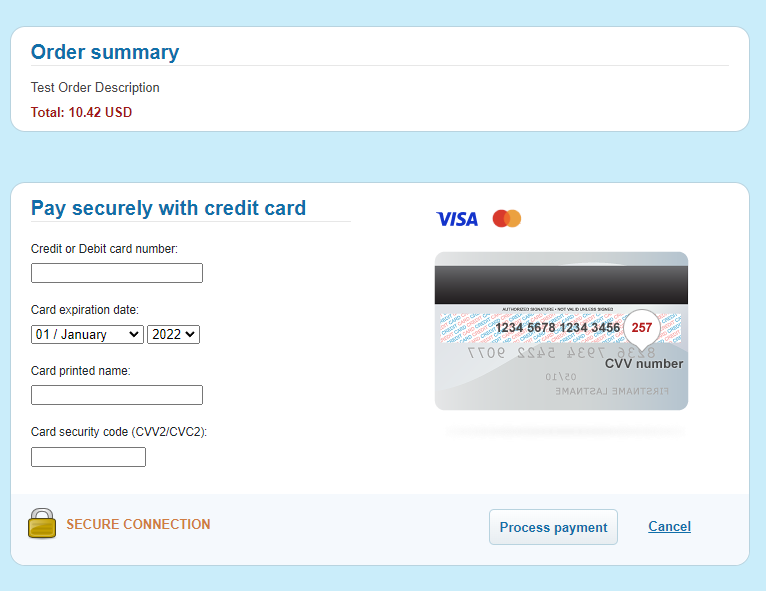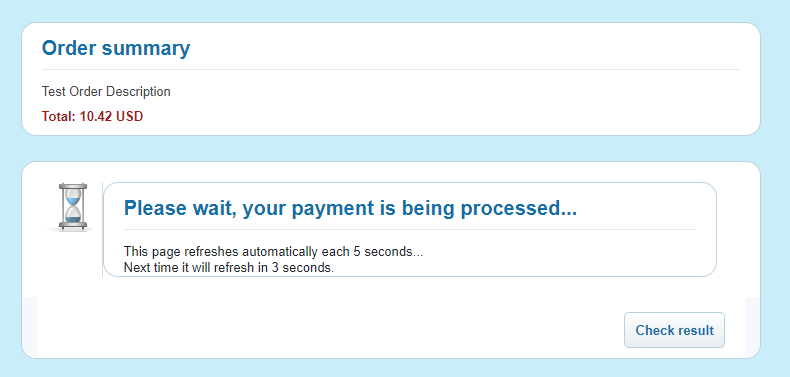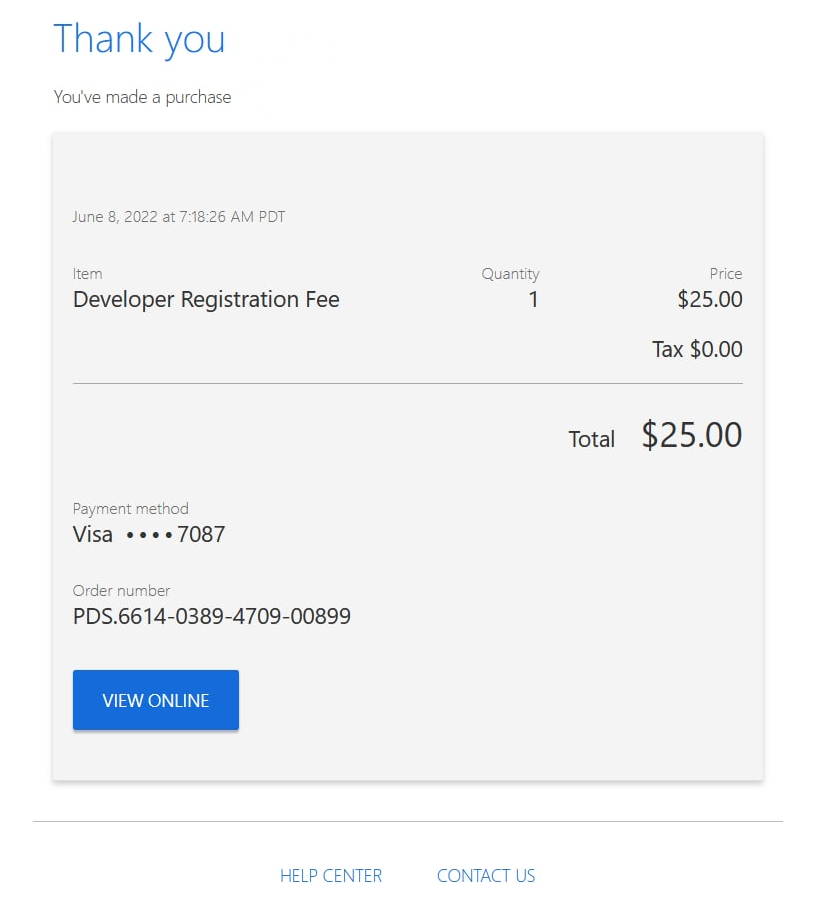6.2. 3DS Overview
Elecsnet 3DS Flow
Reference:
EMV® 3-D Secure Protocol and Core Functions Specification
Despite low level message exchange differences in the essence protocol version 2.X differs from 1.0 by introducing and option for the issuer of the card to perform an automatic risk assessment based on the additional contextual data sent from the payer browser or mobile app, whereas 1.0 version always requires payer to pass an authentication challenge. Correspondingly (and according to EMVCo spec) protocol version 2.X includes Frictionless flow (gathering contextual data and performing risk assessment) and Challenge flow (passing authentication challenge). The normal Payer’s web flow which passes 3DS 2.X Authentication can be illustrated as below.
Payers fill out a payment form provided by Connection Party or Payment Gateway side and sends data.

Note
For Transfer transactions, payment form might look as described below.

Contextual data is gathered and sent to the Issuer in a hidden process within the browser (Frictionless flow).

If Issuer finds the transaction risky Payer’s browser gets redirected to the Issuer web page to pass authentication challenge (Challenge flow).

When Payer passes checks the payment authorization is made saving the details related to the 3DS Authentication on the acquirer side.

Payer’s browser gets redirected to the Connecting Party website to the resultant page.

Due to the fact that both protocol versions still used the Connecting party have to deal with both of them as well as specific integrations when acquirer handles 3D Secure communication on its end. For this purpose, Payment Gateway provides universal/generic approach based on the API commands which allow the Connecting party to handle all mentioned cases. The Connecting Party has to start with the 3DS Decision Making Schema of the relevant Use-Case which in turn refers to the more detailed diagram describing specifics of the data handling and Payer’s browser redirects related to the corresponding 3DS flow.
3DS Implementation Scenarios
Implementation Scenario |
Instructions |
|---|---|
3DS is not initiated (non3D). |
3DS Authentication is not initiated. Follow 3DS Decision Making Schema of relevant Use-Case and implement Non3D Flow. |
3DS is initiated and performed by Connecting Party (for PSPs and Acquirers). |
3DS Authentication is initiated and performed by Connecting Party, results are uploaded to Payment Gateway in initial request. Follow 3DS Decision Making Schema of relevant Use-Case and implement Non3D Flow (3DS is performed before the initial request to Payment Gateway). |
3DS is initiated by Payment Gateway and performed on Connecting Party side. |
3DS Authentication is initiated by Payment Gateway. For 3DS 1.0.2, Payer Authentication is performed on Connecting Party side, results are uploaded to Payment Gateway. For 3DS 2.x, 3DS Method and Challenge are performed on Connecting Party side, results are uploaded to Payment Gateway. Additional fields for 3DS Method can be provided by Connecting Party in initial request to speed up the process for 3DS 2.x (tds_status=MethodUrlFrame will be skipped if 3DS Method is not supported by ACS). Follow 3DS Decision Making Schema of relevant Use-Case and implement all 3DS Flows. |
3DS is initiated and performed by Payment Gateway. |
3DS Authentication is initiated by Payment Gateway, all 3DS scenarios are performed on Payment Gateway side. Follow 3DS Decision Making Schema of relevant Use-Case, implement Simplified Authentication Flow (ignore tds_status parameter presence, use html or redirect-to parameters to redirect the Payer to Payment Gateway) and Non3D Flow (if Payer’s card is not enrolled or processing is Non3D). |
Alternative cardholder authentication
Payment Gateway supports alternative methods for cardholder authentication if card is not enrolled to 3DS (negative 3DS enrollment response). One of such methods is random sum check. In this method, Payment Gateway initiates an additional preauthorization transaction to hold a random small amount on cardholder’s account and sends a special form for the Payer to enter the amount being held. If the amount is correct, Payment Gateway continues to process the initial transaction. The small amount hold is cancelled automatically.
General diagram for form transactions
General diagram for direct integrations